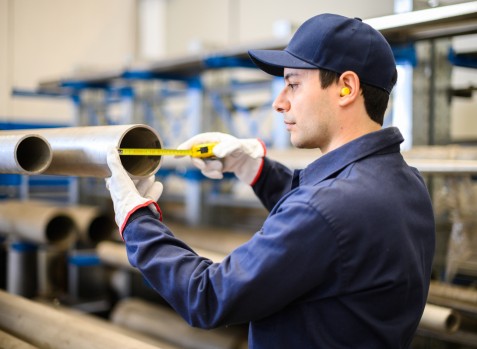Structure, Diameter and Dimensions of Geothermal Pipes
Structure of Geothermal Pipes
Geothermal pipes are watertight systems that provide superior protection against the corrosive effects of various chemicals, moisture and sunlight (UV). Standard geothermal pipes can provide an operating life of 30 years at 120 °C fluid temperature and 50 years at 115 °C fluid temperature in accordance with TS EN 253 standards. At lower fluid temperatures, the operating life exceeds 50 years.
Materials Used in Geothermal Pipes and Design
Geothermal pipes are pre-insulated pipelines that offer high resistance under very high temperatures and pressure. It can be easily used in domestic use, construction and building sector, hot water and gas lines, sewerage and auxiliary facilities. The design of geothermal pipes is developed specifically for the areas of use and offers suitable solutions.
Geothermal pipes produced in accordance with the usage areas can be different in terms of main material and pipe diameters. The structure of geothermal pipes is designed to carry out the transport of the fluid to be transported in the most efficient way. The following materials are generally used:
Steel: It is used as one of the main materials in the production of geothermal pipes due to its properties such as long service life and high strength. Carbon steel used in the construction of pre-insulated geothermal steel pipes is an ideal cost and safe option for medium temperatures. At higher temperatures, pre-insulated stainless steel geothermal pipes can be preferred. These pre-insulated geothermal stainless steel pipes are more resistant to corrosion.
PPR, PPR-C, PE-X, HDPE: Polyethylene-based geothermal pipes are preferred for lower temperatures and facilitate the application process as they are flexible. They are resistant to heat-induced expansion and are cost-effective.
Glass Fibre Reinforced Plastic and Epoxy Pipes (GRE-GRP): Pre-insulated glass fiber-reinforced GRE and GRP geothermal pipes can be used in the need to prefer different products according to the area of use. This structure shows high resistance to corrosion. It also ensures that fluid energy losses are minimized.
Rockwool reinforcements: Natural rockwool fibers have high heat and sound insulation properties. Rockwool-reinforced seamless steel geothermal pipes stand out with their excellent thermal insulation, seamless steel structure, high sound absorption and fire resistance.
Insulation materials are used between the inner and outer surfaces in the structure of geothermal pipes. The insulation layer made of various materials minimizes energy losses in the fluid transport of geothermal pipes. Insulation is also preferred to ensure that geothermal pipes are not affected by environmental factors and have a long service life.
Diameter and Dimensions of Geothermal Pipes
The diameters of geothermal pipes may vary according to the needs of the project and energy demand. Generally, their diameters vary between 15 mm and 1200 mm. Larger diameter pipes are used in projects with large energy demands. The diameters of geothermal pipes are determined according to the characteristics of the fluid to be transported and environmental conditions.
The length of geothermal pipes also varies according to project requirements. Generally, production can be made between 6 and 16 m. The use of long pipes can be effective in reducing the resistance in energy transfer, but the cost of the geothermal pipe and the laying process should also be taken into account. The most suitable diameters and lengths for the long-term and economical aspects of the project should be carefully determined.


